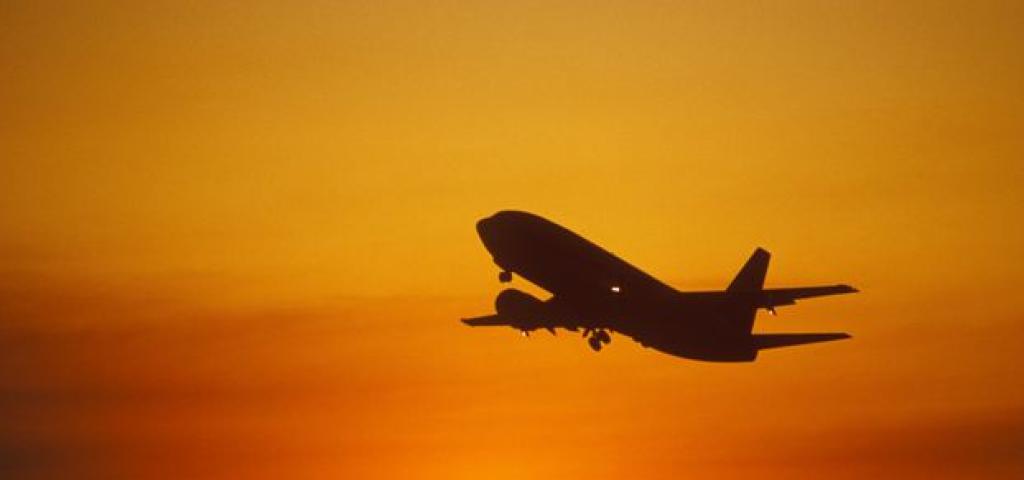
Unmanned Aerial Vehicles and Safety

- UAVs are prevalent and increasing in numbers
- UAVs will cause an accident that results in lost lives
- UAV’s need safety certified software
Maybe you received an unmanned aerial vehicle (UAV) or drone for Christmas. The first flight was most likely in your yard taking aerial video of your home, only to go inside and share it on Facebook. I received one of these videos from a friend excited to share what his new UAV could do.
There is tremendous value to our troops in long range battle field UAV’s that can increase situational awareness.
How about a commercial grade UAV with multi-spectral cameras that used is by farmers to inspect fields or public utilities? These UAVs can increase crop yields and can minimize the inspection costs of high-tension power lines or gas lines in remote areas.
There is no doubt that the popularity of UAV’s use at all levels has skyrocketed. This popularity will only continue to climb as prices decrease for consumer grade drones, and the functional value of UAVs for commercial use increases.
Sooner or later one of these UAVs will not only crash but cause a loss of human life. This is why the FAA is placing more scrutiny than ever before on UAV’s (unmanned aerial vehicles). While law enforcement has been using UAVs in US airspace to watch the bad guys or monitor borders, all UAVs can crash as seen here in this article from February of 2014.
Tom Peter writes, “The crash involved a mechanical failure on a Predator B drone operated by US Customs and Border Protection (CBP). When operators determined that the drone would be unable to reach its home base in Sierra Vista, Ariz., they crashed it into the sea.”
In order to minimize any damage to person or property, the operators, after detecting a mechanical failure, chose for it to be crashed into the sea. Even though they were able to mitigate and eliminate a land-based crash, it grounded the fleet.
Take for example a commercial UAV that is tasked with monitoring a farmer’s field. It is programmed to take off, and scan a farmer’s field with cameras or sensors, and return to home all the while using predefined GPS coordinates. The farmer likes this device so much he takes it to his neighbors farm. And programs new GPS waypoints, but forgets to change one waypoint which is at his farm. Now the UAV takes off and fly’s a predefined route, well within the normal airspace below 400 ft, but with the wrong GPS coordinate, it could be right into a flight path of a rural airport nearby. Now there is a potential for a collision with a manned aircraft and that could be catastrophic – All because a waypoint was plotted incorrectly.
We talked about a mechanical failure and human error, but what about a software error? Could this cause a UAV to do something unexpected and end up crashing into someone’s house or worse?
For commercial airliners, there is a clearly defined specification in DO-178C that describes how avionics software should be developed for use. UAV’s do not have this same level of regulation, at least not yet. Further, the homebrew UAV’s have no software testing requirements at all. For certain size and class of UAV’s that may be an acceptable risk, but where should the FAA draw the line. Sooner or later a UAV will do something unexpected which will drive the need for greater software scrutiny.
Could we see a DO-178C level of certification of UAV flight software? Yes, for the larger class of UAV’s it is clear that regulation is needed. In this article, editor Amanda Harvey writes:
“Although a certificate of authorization is required from the FAA, is it safe for UAVs to fly in the national airspace alongside passenger airliners?” …
“The future of safety certifications for UAVs is still unknown, but making civil airspace certification part of the initial requirements is key.”
If these UAV’s receive the same attention that commercial airliners do, then the result is clearly a requirement for certifiable DO-178C certified code.
This can be achieved by using COTS systems such as that from Wind River VxWorks 653, which can be certified to level A using commercial-off-the-shelf (COTS) certification evidence. Using such system software even without evidence provides confidence to the UAV manufacturer that should the FAA decide that it is necessary to put DO-178C requirements on UAV’s, that their system software is already ready for certification. This will reduce risk of their fleet of UAV’s being grounded while they rewrite or certify the UAV for use.
2015 should be an interesting year as the FAA and other aircraft flight safety agencies roll out flight and certification requirements for commercial UAVs.

